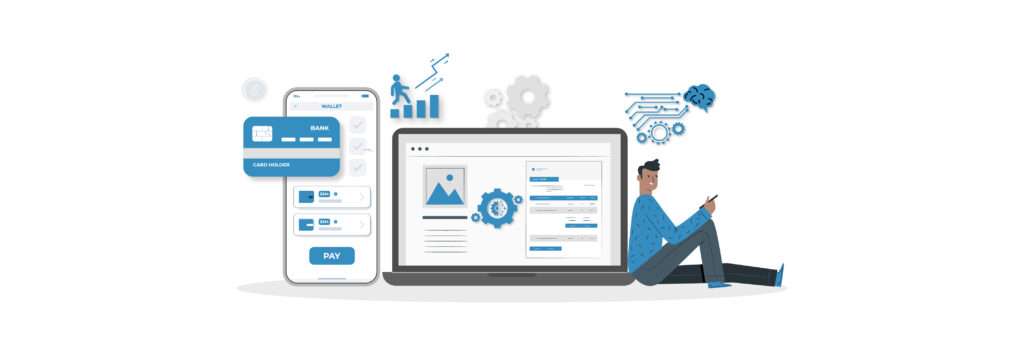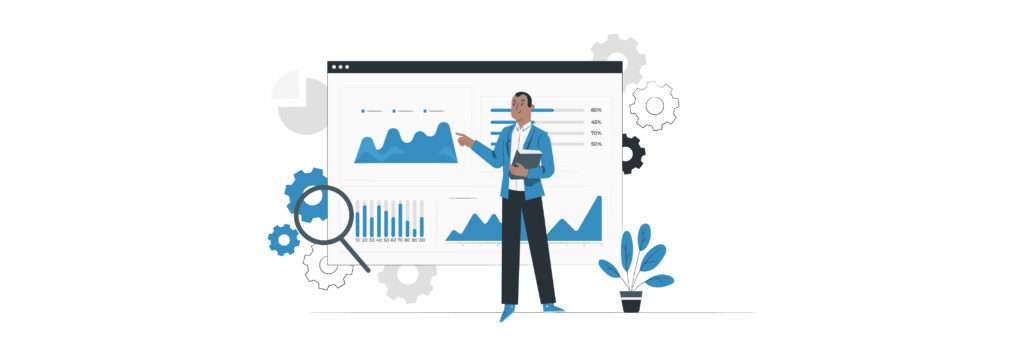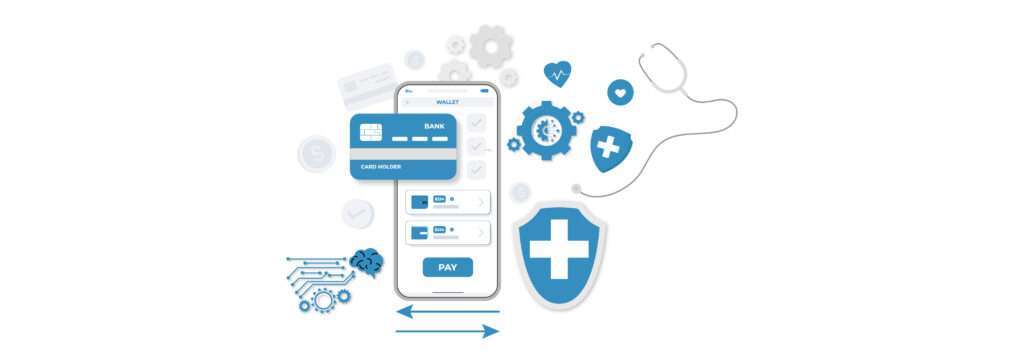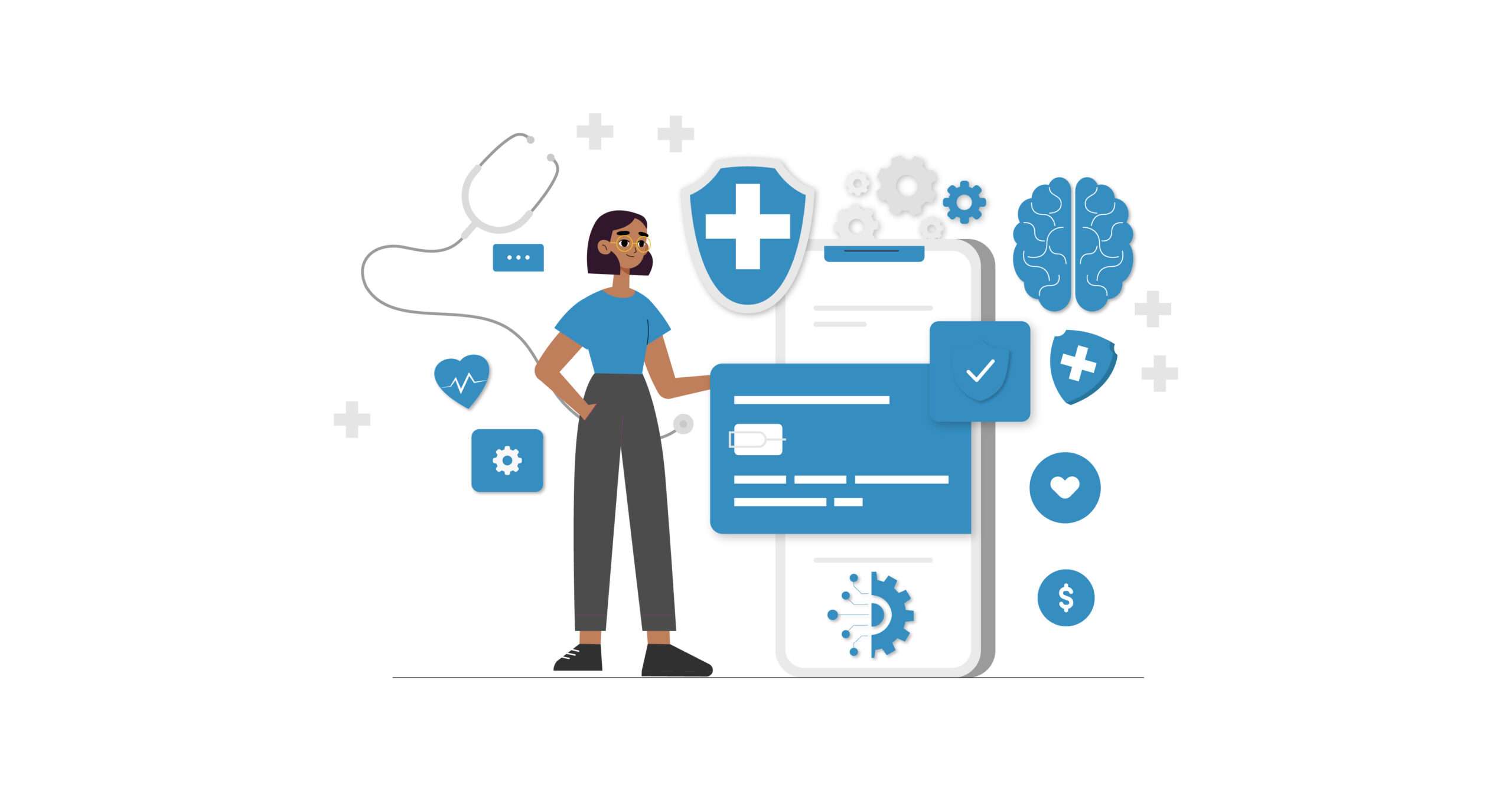The added stress of trying to get invoices approved by multiple stakeholders, each with its own set of priorities and timelines. But with the developments in AP Automation technology, there is no hope for healthcare providers looking to systematize their AP tasks and focus on their priority task of giving quality patient care.
Importance of AP Automation in the Healthcare Industry

Time Savings
According to IOFM benchmarking statistics, the average accounts payable practitioner wastes 84% of their time on manual tasks. The healthcare industry is well-known for its administrative burden, which AP automation can help in eliminating altogether.
With AP automation, healthcare providers may remove human data entry and save time on invoice processing. This can free up staff time for more important responsibilities, such as patient care Furthermore, AP automation can assist in lowering expenses connected with cutting costs on additional personnel hiring and even paper-based procedures.
Improved Accuracy
 According to Bottomline, OCR-powered AP platforms can promise accuracy rates of 90%. Healthcare organizations can reduce errors caused by manual data entry by automating the invoice-matching process.
According to Bottomline, OCR-powered AP platforms can promise accuracy rates of 90%. Healthcare organizations can reduce errors caused by manual data entry by automating the invoice-matching process.
AP automation can also help ensure that invoices are paid on time, without biases, and that late payment costs are spared, which is important in maintaining positive relationships with health-equipment vendors, particularly pharmacists.
Compliance and Security

Healthcare firms must comply with numerous standards.
Any hospital or clinic must ensure that its customers’ personal information and financial information are secure and not exploited.
AP automation can assist firms in adhering to these laws by offering a secure, auditable, and compliant invoice management process. By eliminating paper-based processes that can be lost, stolen, or accessed by unauthorized individuals, AP automation ensures maximum protection of sensitive financial data.
Analytics and Reporting

Healthcare providers can find cost-cutting possibilities, negotiate better vendor pricing, and make data-driven decisions with real-time access to financial data.
Secondly, analytics and reporting can assist firms in identifying areas for process improvement and tracking key performance metrics. This consolidation of data in a single place allows hospitals and clinics in streamlining their taxation and budgetary responsibilities, allowing for improved functioning and operations.
Switching to an AP automation system for healthcare organizations- Steps to follow
 If you wish to switch to AP automation for your healthcare organization, here’re are the steps that you can follow to install an effective invoice automation system, that will not only make your payment system effective but will also ease the work of your employees:
If you wish to switch to AP automation for your healthcare organization, here’re are the steps that you can follow to install an effective invoice automation system, that will not only make your payment system effective but will also ease the work of your employees:
Assess your current accounts payable processes
It is critical to assess your present accounts payable processes before adopting an AP automation solution. Determine any obstacles, inefficiencies, or opportunities for improvement. This will help you determine which tools and capabilities are required for your AP automation solution.
Choose an AP automation solution that meets your needs
After you’ve assessed your present accounts payable process, it’s time to choose an AP automation solution that suits your requirements. There are numerous AP automation options available; however, it is important to select one that has assured compliance and security.
Select a solution that is easy to use, adaptable, and offers real-time insight into your financial transactions.
Consider integration with your existing systems
To be completely effective, the AP automation system must be linked with your existing systems like accounting software, enterprise resource planning (ERP) software, and electronic medical records (EMRs). To eliminate manual data entry and enhance data accuracy, the AP automation system must be able to collect and process data from these systems.
Train staff on the new system
It is critical to train workers on how to use your AP automation system in order to get the most out of it. Employees must be acquainted with the new system and understand how it will affect their work. Training should cover how to process bills, access data, and resolve any issues that may arise.
Monitor and refine the system
After the AP automation system is up and operating, it must be monitored and improved as needed. This includes assessing data on a regular basis to identify areas for improvement, analyzing the system’s impact on workflow and efficiency, and dealing with any issues or challenges that occur.
Ready to let go of redundant processes? Here’s a quick thought
Today’s advanced technology makes it simpler than ever to deploy AP automation and enjoy the benefits. Healthcare firms may optimize their financial operations, get rid of pointless chores, and free up critical time and resources by automating accounts payable processes. In this manner, they can use it to fund more significant projects like infrastructure improvement, staff training, or medical research.
This helps healthcare providers maintain audit trails and comply with regulatory standards in addition to improving financial management. AP automation is a great investment for any healthcare firm aiming to enhance its financial operations and deliver better patient care, all things considered.




